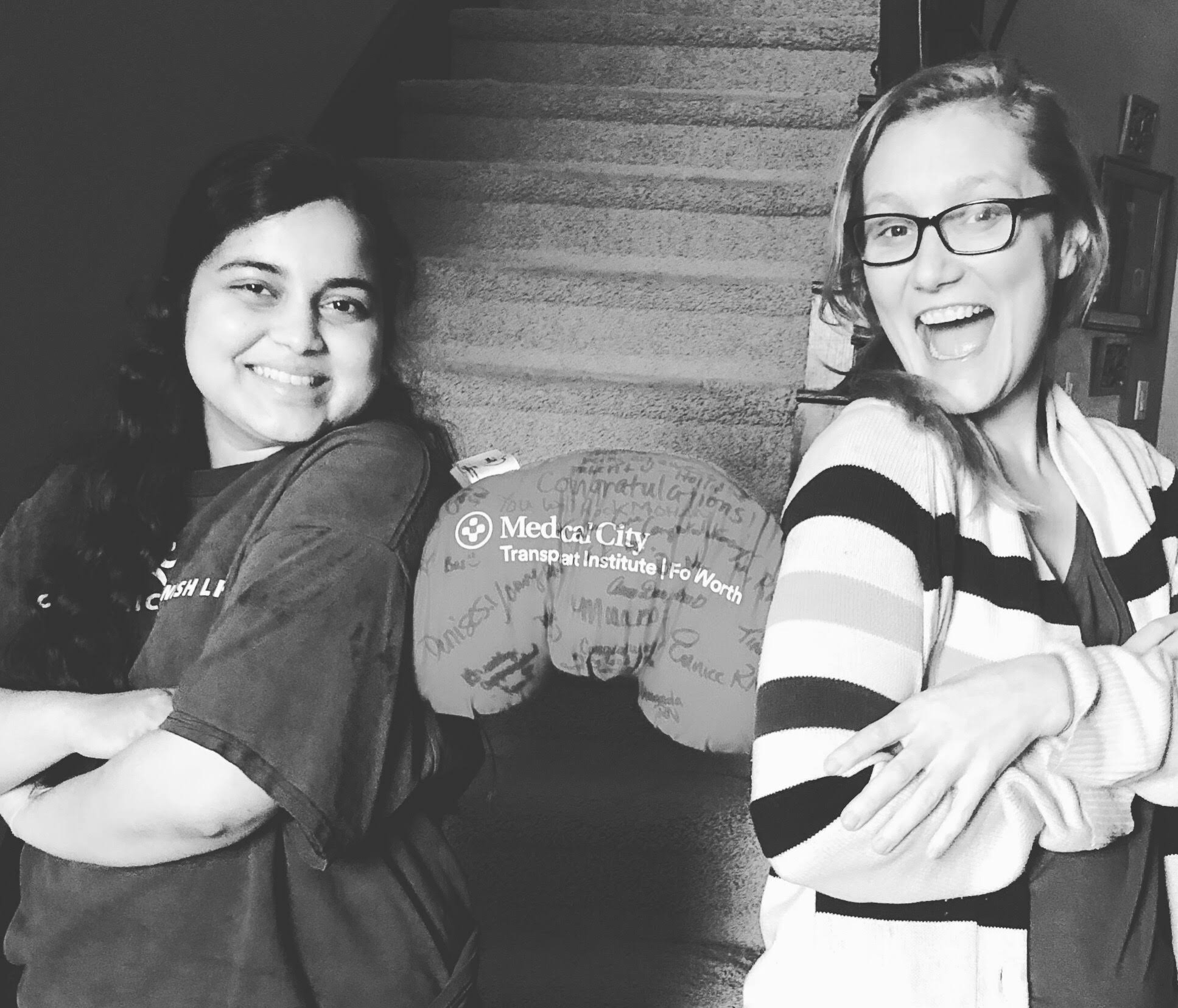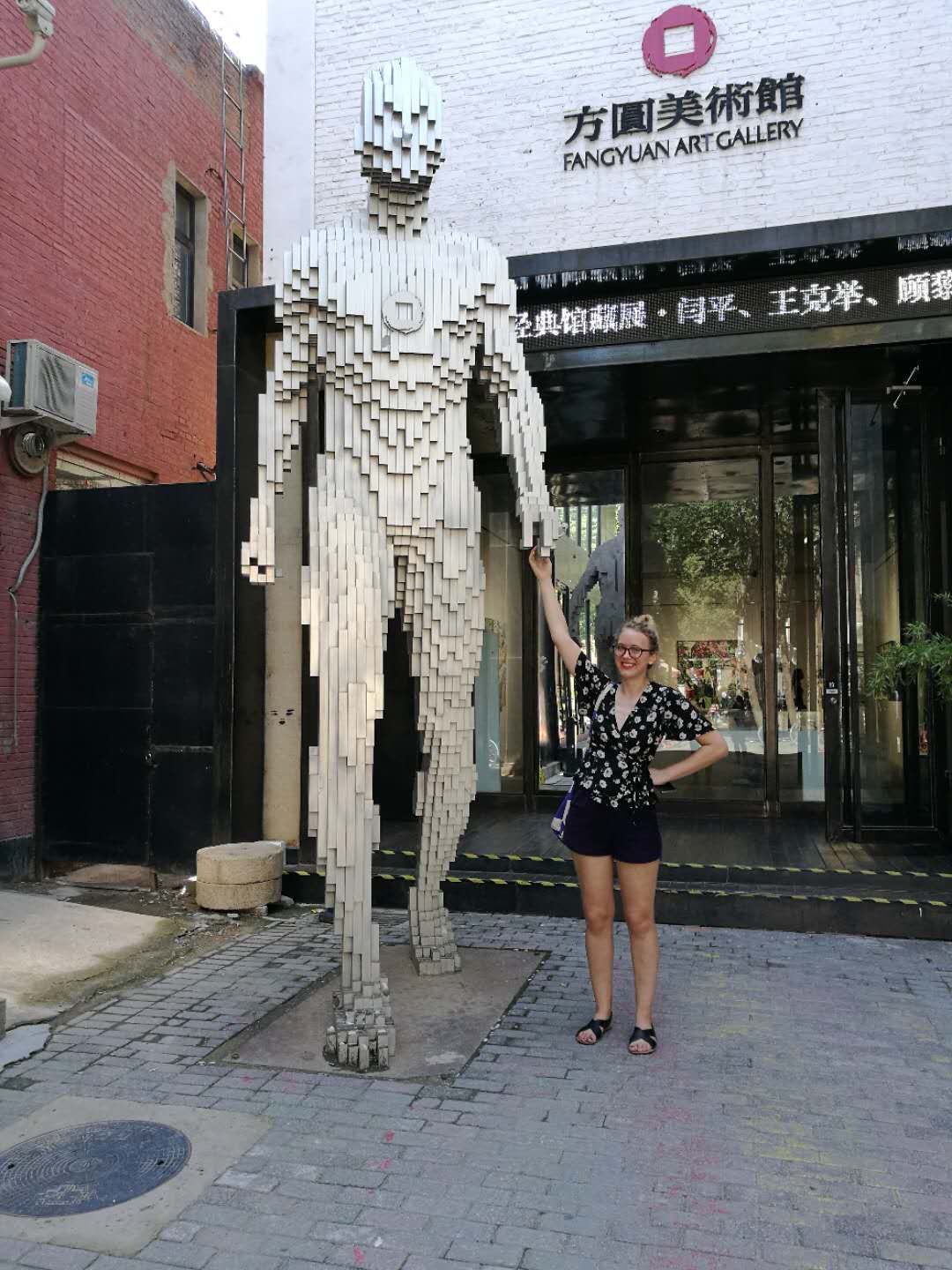Just say, “Where do I go to get my credentials?” Don’t say anything else. Don’t say ANYTHING else. Act like you’ve done this a million times before. Remember, he said that 18 to 24-year-olds will determine the outcome of this election. That’s why you are here. That’s why a journalism teacher is here. I kept telling myself this as I …
Student journalists face unique challenges in today’s culture that have not been seen at any other time in history. That’s why mentorship and supporting student journalism matters so much. In an effort to recognize the contributions of the heroes of our field, JEA recognizes a few individuals every year who make a significant impact within student journalism. JEA has a …
Darren Thomas has been teaching for years, but never advised a yearbook until the 2019 school year. As a new teacher at Saugus High School in Santa Clarita, California, he was looking for a way to feel more connected to his new school. He leaned on his editors that first year, and the staff created an award-winning book. In his …
Participation in scholastic journalism may have saved Neelam Bohra’s life. At 19 years old, the freshman University of Texas student started experiencing severe health issues and was diagnosed with an autoimmune disease that attacked her kidneys. She needed a transplant and found a donor in Leah Waters. Bohra and Waters shared their story with host Jim Jordan on Yearbook Chat …
Plenty of Americans grow up watching pro wrestling. Only a small percentage grow up to cover the pro wrestling world as journalists. An even smaller number of those pro wrestling journalists are female. We’d venture to guess that Kari Williams is one of the only female, pro wrestling freelancers who started covering the circuit while in high school. Williams sat …
Journalism is a challenging profession, especially when you choose to work in a country other than where you were raised. That’s part of what makes Jessica Rapp so impressive. The writer (and sometimes photographer) moved to Beijing, China, right after graduating from college at Truman State University in Kirksville, Missouri. She fell in love with the energy of Beijing and, …
Four years ago, the yearbook program at Williamsville North High School in Williamsville, New York, was fine. They weren’t creating award-winning or journalistic yearbooks, but their yearbook club was creating image-based books that the community liked well enough. “It was a big picture book,” said yearbook adviser Erin DeVantier. This is fairly standard in their part of the country; most …
Matt Schott has been teaching at Francis Howell Central High School for more than a decade, but he didn’t take a direct path to teaching. He shared his story with Behind the Byline hosts Evan Blackwell and Jenica Hallman. You can listen to their conversation at walsworthyearbooks.com/podcasts. Student Journalist Schott began his journalism journey in his Chicago-area high school. He …
A beacon for student journalism, the Columbia Scholastic Press Association (CSPA) is only weeks away from its 95th annual Spring Convention in New York City. What better time for Mike Taylor, CJE, to interview the organization’s executive director, Ed Sullivan? For the first episode of the Ask Mike podcast’s second season, Taylor and Sullivan discuss Sullivan’s history, CSPA, and the …
Scholastic journalism can lead people in many directions. For Anna Elizabeth James, it led her to making films. In a highly competitive, male-dominated industry, James sill leans on the lessons and work ethic she learned from her time as a yearbook editor. Joining the Yearbook When she began writing, James knew she had at least a little bit of talent, …








